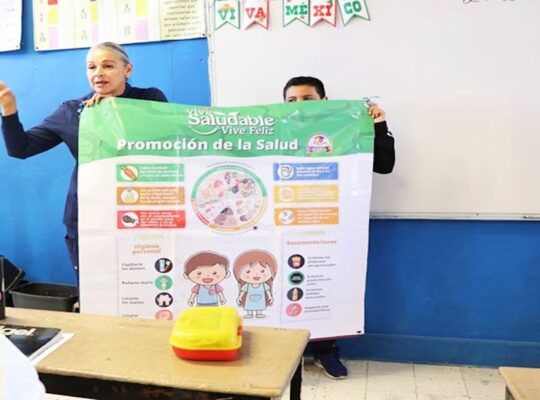Numerous cultures have extended included traditions that exemplify the importance of family in relationship. A bride’s shroud is frequently seen as a reminder of her early life and her connection to her whole household history. A groom’s corsage, which is a small flower or part of floral jewelry on his lapel, represents both love and good fortune http://link.springer.com/article/10.1023/B:ASEB.0000007462.97961.5a?LI=true. Numerous customs have a strong emphasis on good thinking and terms to bring nice stuff into a person’s existence.
The people of the newlyweds http://thestir.cafemom.com/love_sex/130405/once_your_ex_becomes_an have for a long time celebrated and ritualized. Males frequently paid a “bride amount” to get the family of their choosing in masculine societies where kids and home were inherited through the father’s column. This gift was typically given to her parents, a custom that still exists in some societies today.
A Jewish pair symptoms a ketubah before the wedding ceremony, which specifies their responsibilities and potential divorces. They are wed under a tallit ( prayer shawl ), four pole structure, or chuppah ( wedding canopy ) that family members and friends hold.
A Mexican bride and groom perhaps attend a bola ceremony where a cord or necklace beads are tucked around their hips to form a figure eight, as in the infinity sign. They hold fingers, pull them aside, and then come back together in the same festival, showcasing the intertwined lives of both of them. Their coalition and determination to one another are also represented by the rope.
Spouses at Persian marriages place themselves in front of a table known as the Sofreh, which is full of symbolic items, including two candlesticks representing unity and light, a mirror representing forever, nuts and eggs representing fertility, and coins for wealth. They are also given crowns that depict the bride’s head being crowned by the groom, a nod to St. Paul’s teaching that a husband and wife are saints and should be treated as royalties.
In Germany, newlyweds are expected to split a register and a saw in half as a team, which indicates their ability to overcome roadblocks in union by working together. A man who requests a bride’s hand in marriage in Fiji must present a sperm whale teeth known as a tabua to his potential father-in-law. The method is intended to evaluate the viability of their marriage and demonstrate that he respects the dignity of her family.
In Thailand, brides may wear a traditional dark gown to wish their families good fortune and happiness. In China, a handful BejaysPhotography.com releases a pair of white doves as a sign of a harmonious marriage. And in 19th-century Japan, grooms gave their betrotheds a trousseau that included a jacket featuring the groom’s home peak and five Jordan almond wedding favors—symbolic of health, wealth, happiness, longevity, and fertility.













